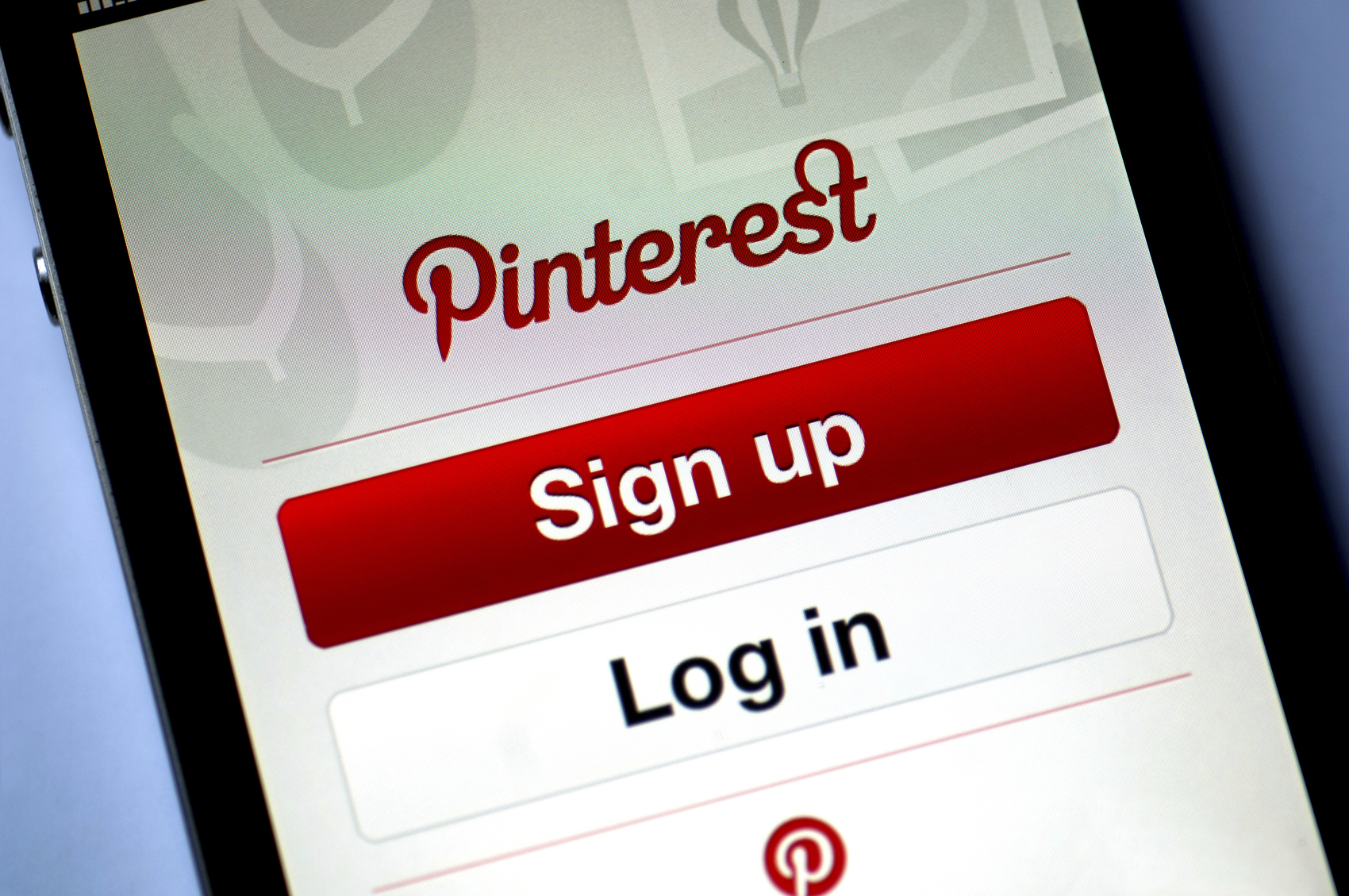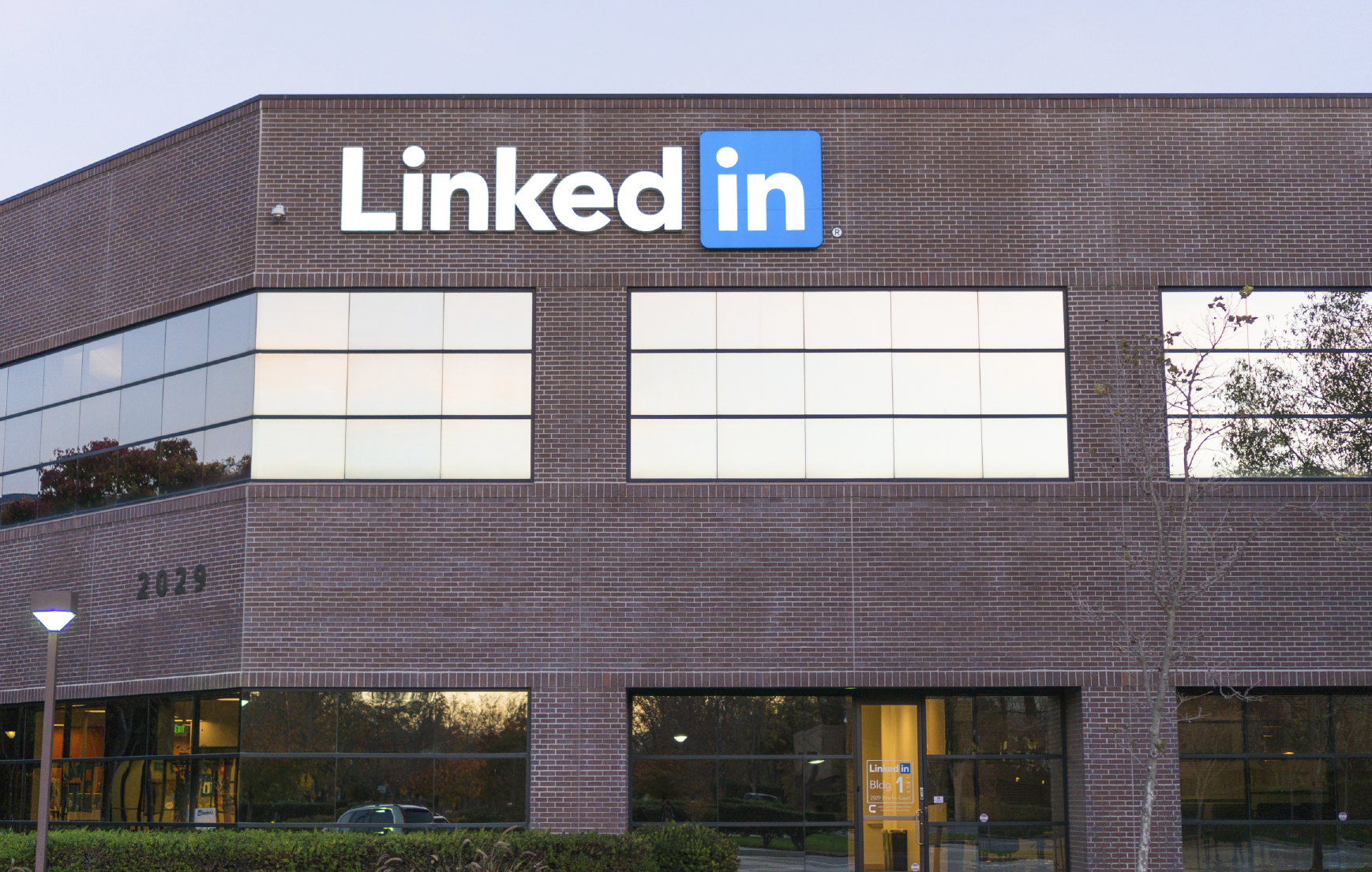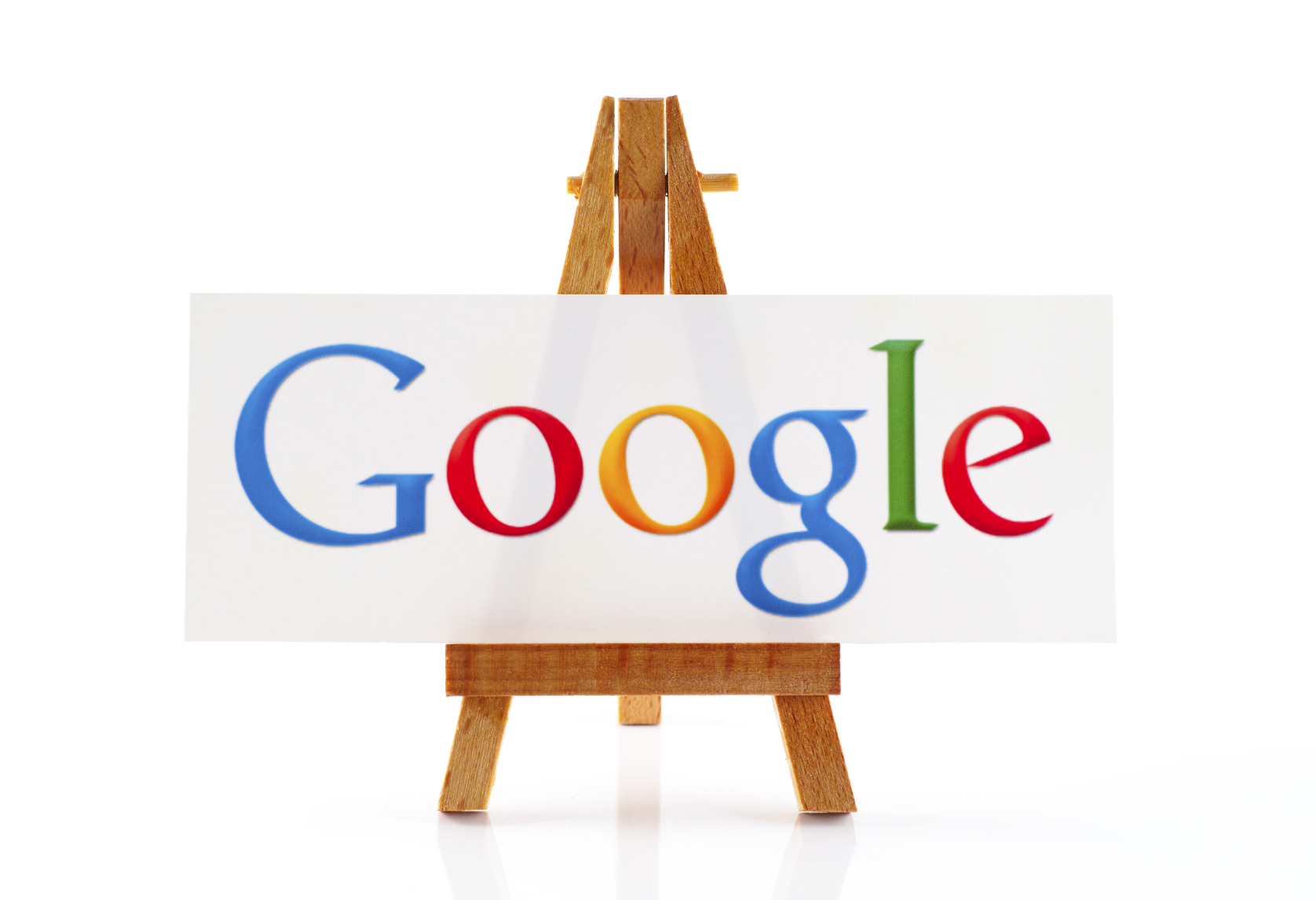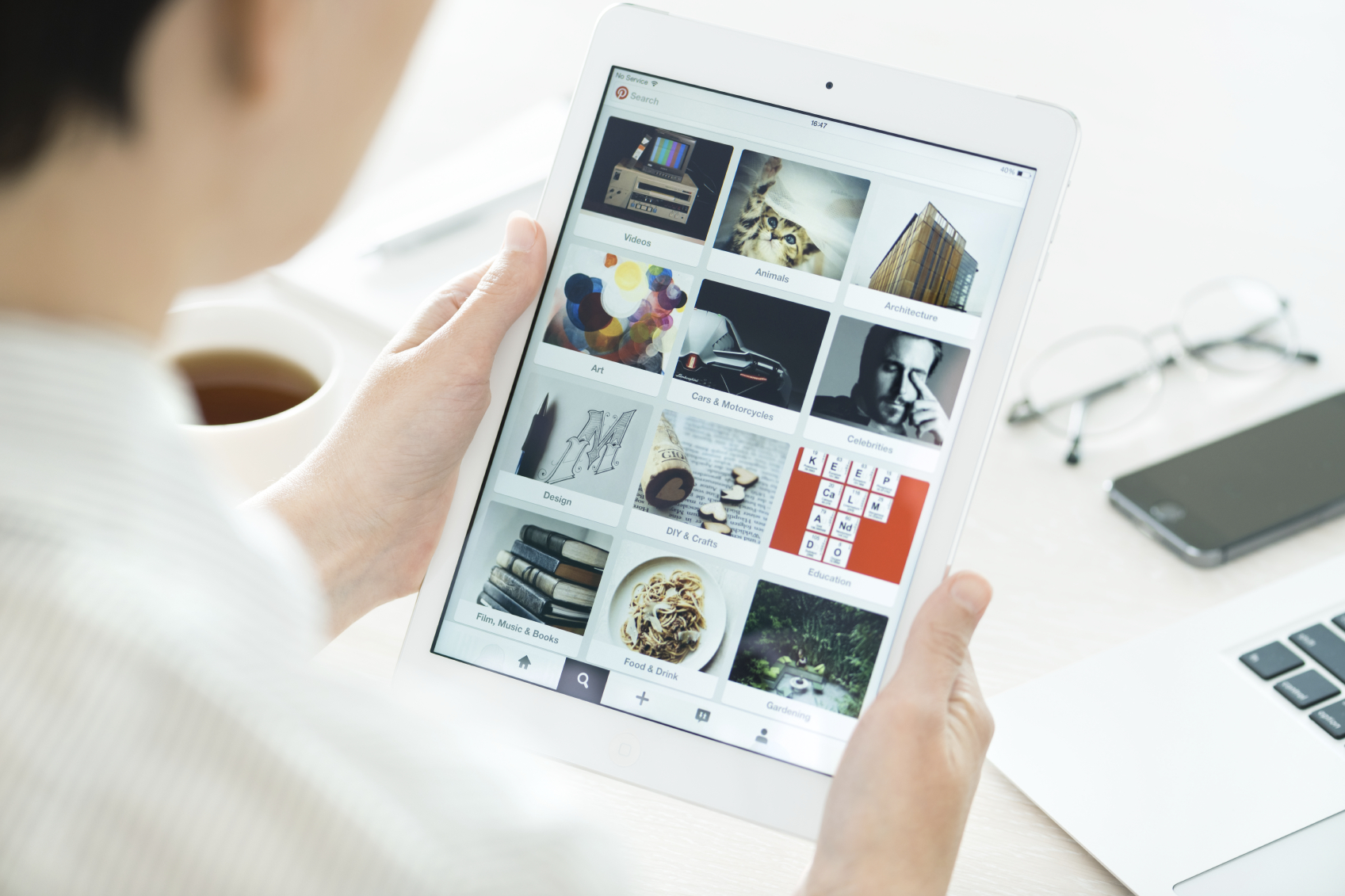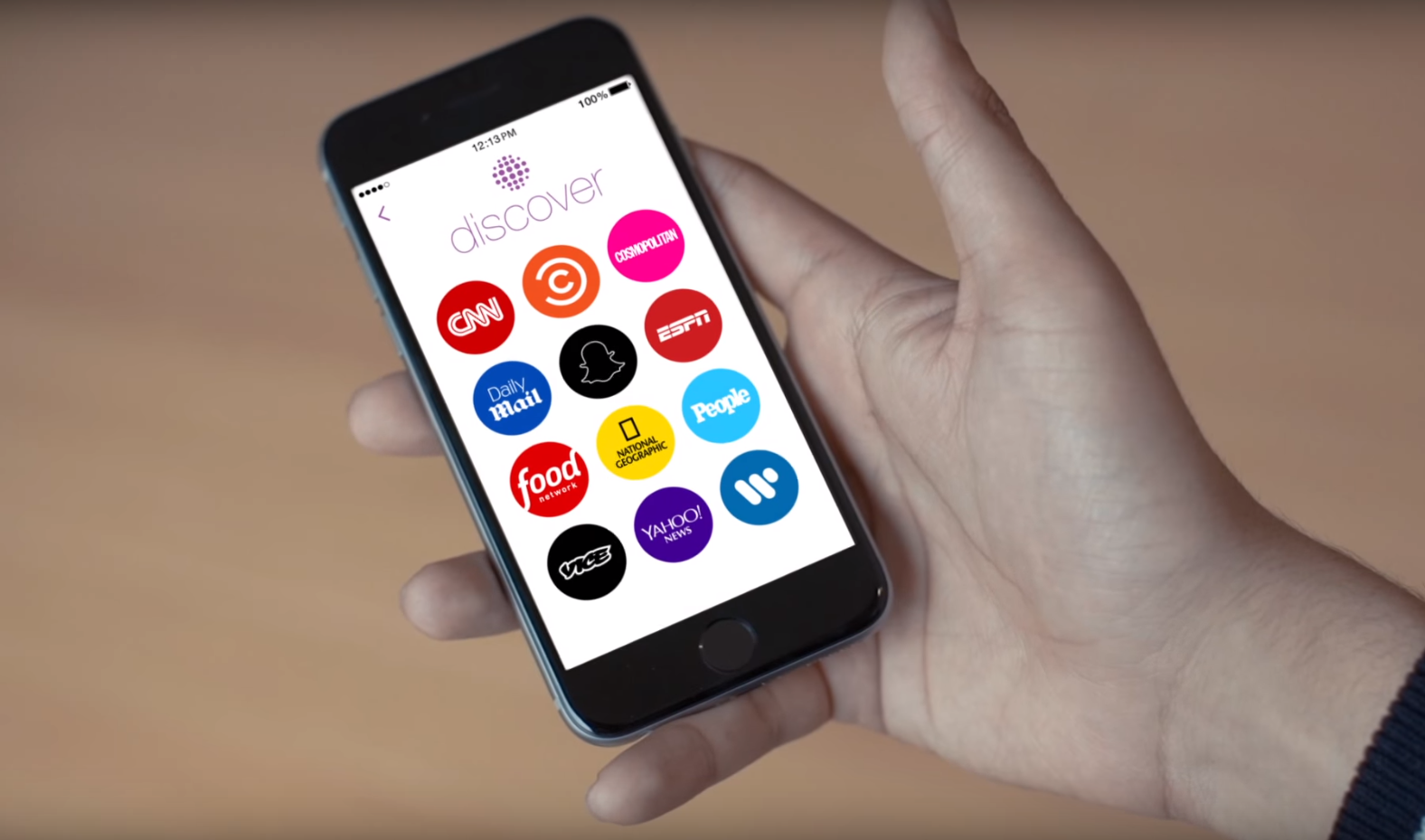What Happened
Pinterest is beefing up its Marketing Partners program, which the company launched last year, by integrating with several more third-party measurement and data companies. With the addition of measurement companies like Adjust, AppsFlyer, Apsalar, Kochava, and Tune, advertisers can now use these third-party tools to track the reach and impact their campaigns on Pinterest.
On the marketing data side, Pinterest is adding companies including Epsilon, Experian, Salesforce’s Krux, Acxiom’s LiveRamp, and Neustar to help advertisers apply their own data, such as a list of customer emails, to targeted ads on Pinterest. The social scrapbooking site introduced email-matching targeting to its ad product in June.
What Brands Should Do
Pinterest has long enjoyed its reputation among social networks as a “Sales Conversion Powerhouse.” A recent study by Oracle Data Cloud showed that Promoted Pins drive 5x more incremental in-store sales compared to campaigns on other platforms. As Pinterest continues to build out its ad products and make its platform more brand-friendly, advertisers now have more options to reach their desired audiences and keep track of their campaign progress. Brands with an overlap between their target audiences and Pinterest users should take advantage of the integrated third-party tools to improve their campaigns.
Source: Marketing Land
